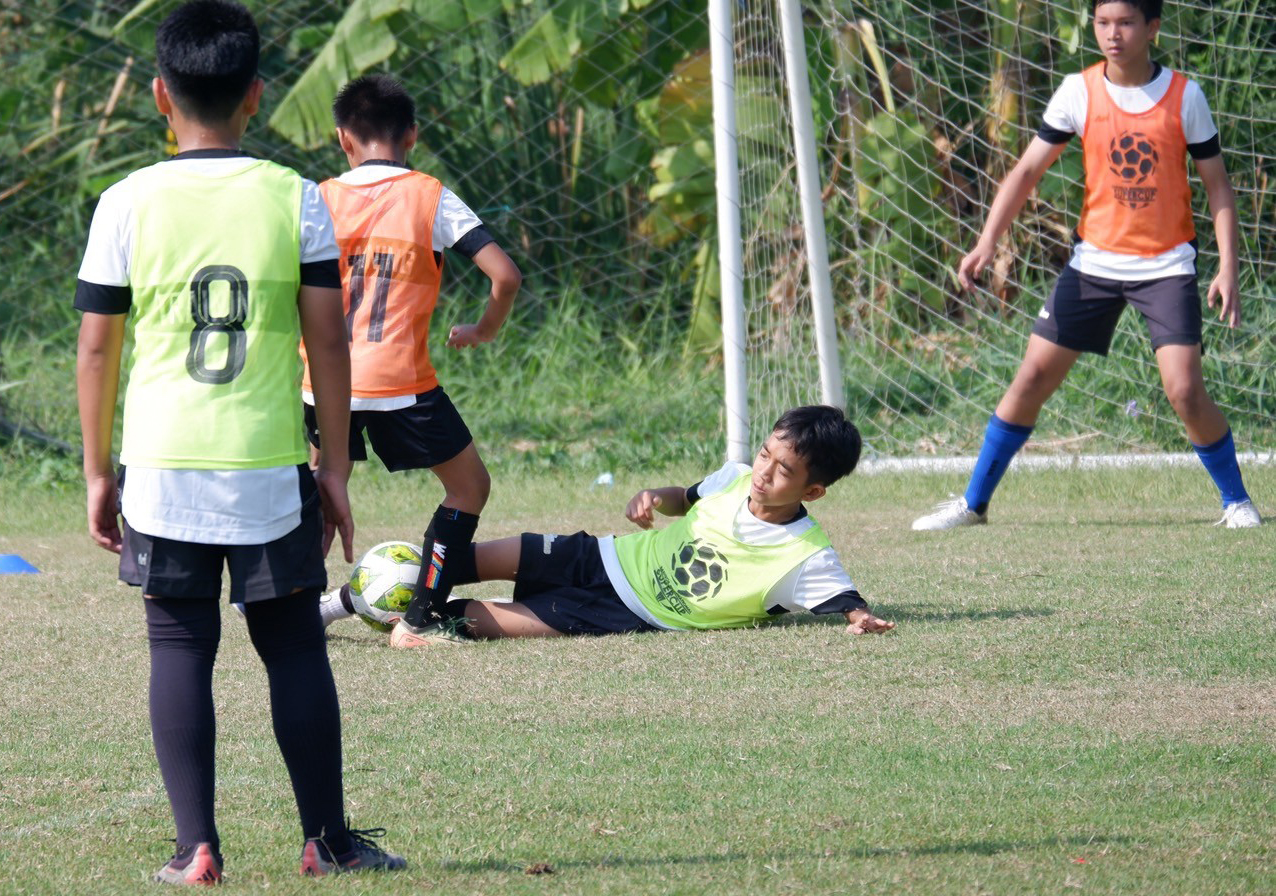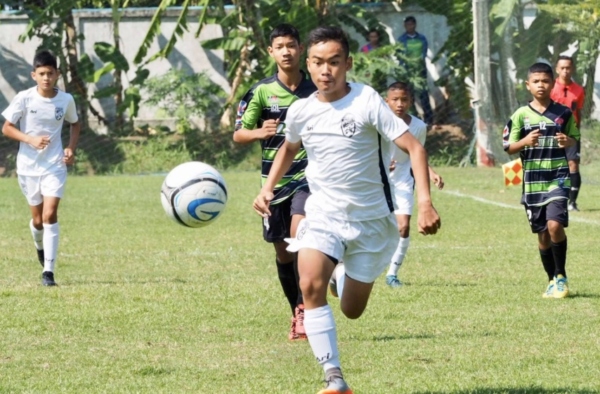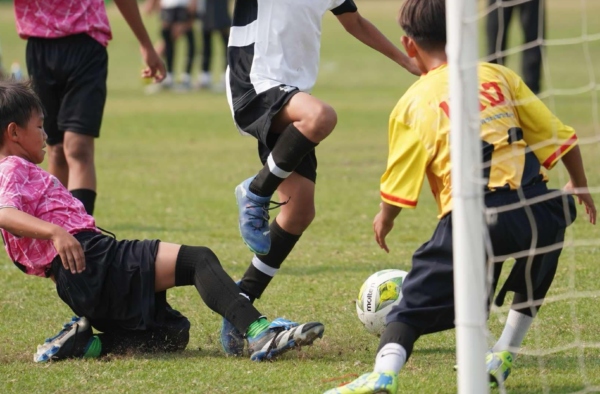Football, or soccer as it’s known in some regions, is more than just a sport; it’s a passion, a career, and for many, a lifestyle. However, behind the glamour of match-winning goals, global recognition, and hefty contracts, there lies a reality that many professional football players know all too well—the physical toll that comes with the sport. From grueling training sessions to the intensity of competitive matches, the risks of injury, and the long-term effects on the body, football demands a great deal of physical endurance. In this article, we explore the physical toll of playing football and hear directly from professional players who offer advice on how to manage and protect the body while navigating the demands of the game.
The Physical Strain on Footballers
Football is a sport that involves a blend of explosive sprints, sudden changes of direction, high-impact collisions, and endurance. A professional player’s body is put to the test in every match, as well as during training sessions and off-season preparation.
Injuries and Strains
Injuries are an unfortunate reality for many football players, ranging from minor sprains to more severe conditions like ligament tears and fractures. Common injuries in football include sprained ankles, hamstring strains, knee ligament injuries, and concussions. Professional players also deal with overuse injuries such as tendinitis and stress fractures, which result from the repetitive nature of the game. These injuries often require long recovery periods, meaning players may spend significant time away from the pitch.
“The most common injuries we deal with are soft tissue injuries, like muscle strains or tendonitis,” says former Premier League player Danny Murphy. “The joints take a lot of pressure, especially the knees and ankles. As you age, these injuries can become harder to recover from.”
Chronic Pain and Wear and Tear
Over time, the physical toll of playing at the highest level can lead to chronic pain and conditions that persist even after a player retires. Many former players experience long-term effects of years of high-impact training, such as joint degeneration, arthritis, and muscle stiffness. Hip and knee problems, in particular, are common among footballers who have played for several years, leading some to undergo surgery to repair or replace damaged joints.
Fatigue and Endurance
Football matches are fast-paced, requiring players to perform at their highest level for extended periods. This relentless demand on the body can result in fatigue, especially during the grueling stretches of a long season. Professional players often compete in several matches each week, sometimes even with little rest in between, which makes recovery all the more crucial to maintaining peak performance.
“You learn how to manage fatigue over time,” says former footballer and coach, Gary Neville. “As a player, you are constantly trying to balance effort, recovery, and the needs of the team. It’s about getting your body to peak performance without burning out.”
Professional Players Share Advice on Managing Physical Toll
The key to longevity in football lies in how well players can manage the physical demands of the game. Here are some important pieces of advice from experienced footballers on how to cope with the physical toll of playing professional football.
1. Prioritize Recovery
One of the most important aspects of managing physical strain in football is recovery. Recovery is not just about resting but also about actively nurturing the body to heal and repair. Top players like Cristiano Ronaldo, who has a renowned commitment to recovery, emphasize the importance of sleep, physiotherapy, and balanced nutrition.
“Sleep is the most important thing to help my body recover. I sleep a lot after training and after games,” Ronaldo has said in interviews. Proper rest ensures that muscles repair and the body can function at its best.
2. Strengthen the Core and Improve Flexibility
Footballers often work on strengthening the core, improving flexibility, and maintaining balance to avoid injuries. A strong core is essential for quick changes in direction and balance during matches, which helps prevent unnecessary strains. Flexibility exercises, such as yoga or Pilates, are recommended to increase range of motion and reduce the risk of muscle tightness and injury.
“It’s all about staying fit and mobile,” says Ryan Giggs, a former Manchester United legend who played well into his late 30s. “I made sure I worked on my flexibility to avoid the tight hamstrings and groins that can plague players.”
3. Focus on Nutrition and Hydration
Nutrition plays a key role in maintaining energy levels and promoting recovery. A well-balanced diet rich in proteins, carbohydrates, healthy fats, and micronutrients supports muscle repair and replenishes glycogen stores. Hydration is equally important to prevent dehydration, which can lead to cramps and diminished performance on the field.
“Football is a very demanding sport, and nutrition is something that shouldn’t be overlooked,” advises former professional player Michael Owen. “It’s essential to stay hydrated and fuel your body with the right foods so that you’re performing at your best.”
4. Take Preventative Measures
Professional footballers often have access to top physiotherapists, but even the most talented players take the time to prevent injuries rather than only treating them when they occur. This may include warm-ups, cool-downs, and using compression sleeves or braces to protect vulnerable areas like the knees or ankles. In some cases, players incorporate cryotherapy or other modern treatments to reduce muscle inflammation.
“Prevention is better than cure,” says Steven Gerrard, former Liverpool captain. “Always make sure you’re stretching properly before games and putting in the recovery work afterward. Injuries are part of the game, but it’s up to you how much you let them affect you.”
5. Mental Resilience
The physical challenges are often accompanied by psychological hurdles. Coping with long-term injuries, recovery from surgery, or even the stress of a packed schedule can take a toll on a player’s mental health. Mental resilience is essential for overcoming these challenges, and players are encouraged to work with sports psychologists to build mental strength.
“It’s not just the body that needs to be in peak condition, it’s also the mind,” says former international player and sports pundit, Alan Shearer. “The mental side of football is huge. You need to learn to cope with injuries, loss of form, and pressure.”
Conclusion
The physical toll of playing football is undeniable. While the sport offers fame, fortune, and glory, it comes with the risk of injuries, chronic pain, and the wear and tear of the body over time. However, professional players who have navigated these challenges offer valuable advice on how to manage the demands of the game—whether it’s through proper recovery, fitness training, nutrition, or mental resilience. By following these guidelines, players can maximize their careers, ensure their bodies stay in top condition, and leave the game with fewer long-term consequences.



